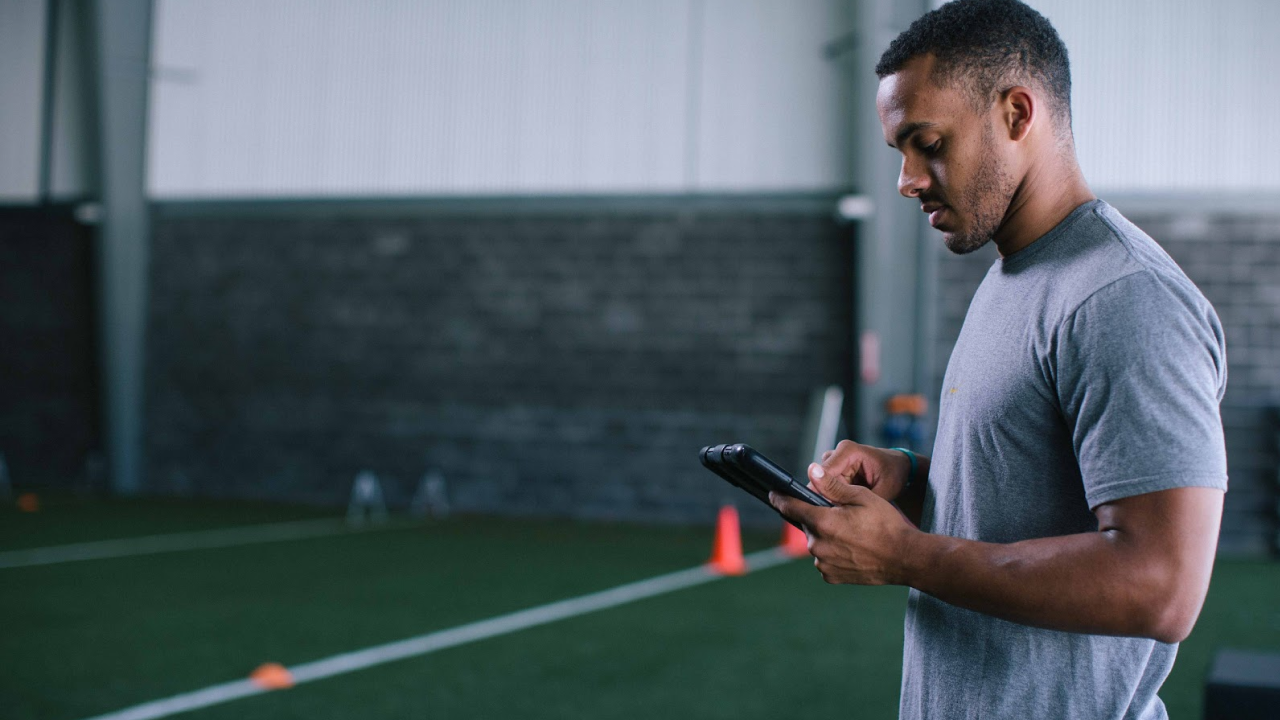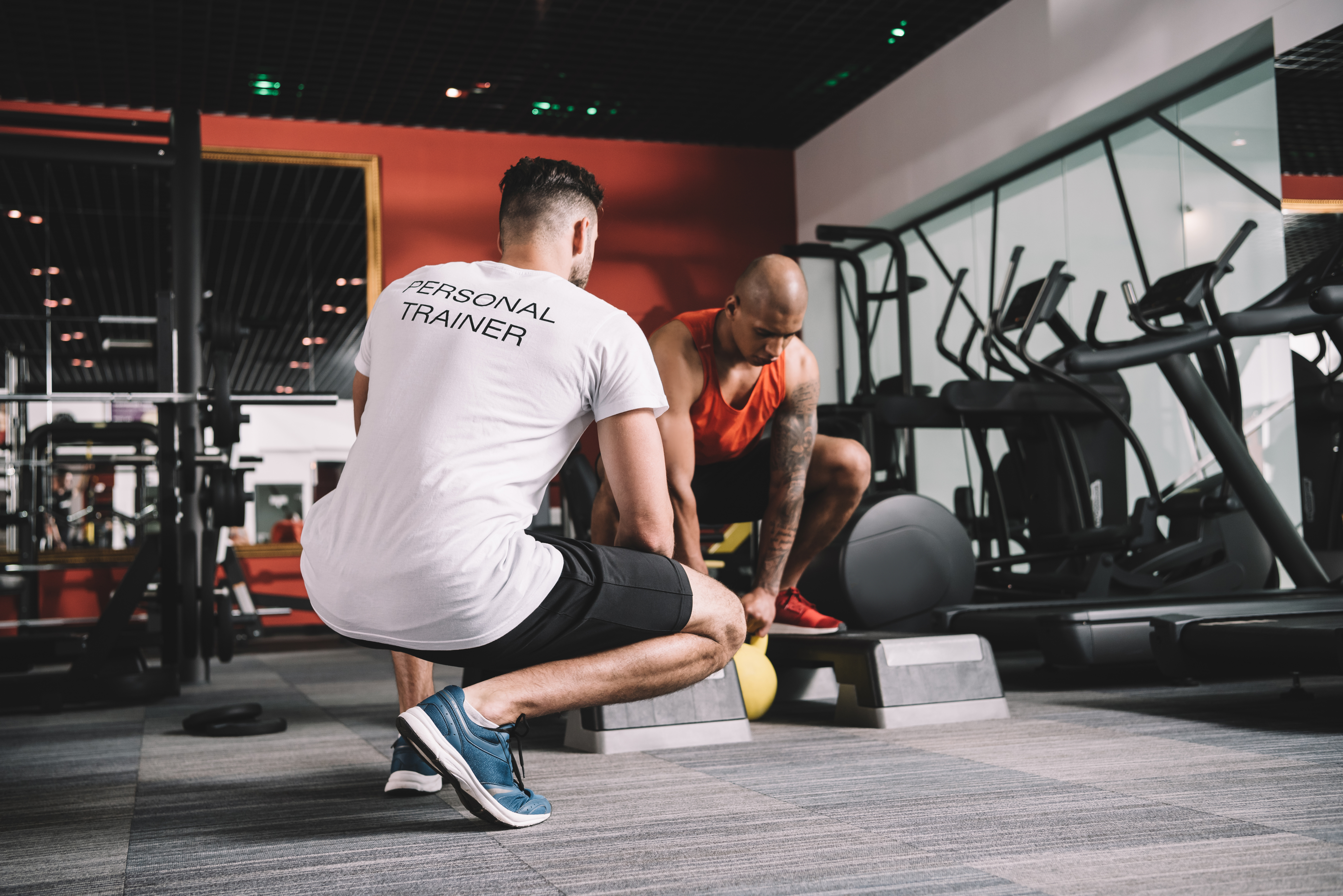Going Beyond the Basics with Your Program Design Process
Craig Rasmussen, the Director of Coaching and Programming at Results Fitness, brings a fresh perspective to program design. Unlike many trainers who start with exercises and work backward, Rasmussen believes in taking a macro-to-micro approach, beginning with the big picture and working down to individual training sessions. In this post, we will explore three key steps from Rasmussen's program design process that result in better outcomes and more satisfied clients.
Note: This post has been adapted from a more detailed article that appears in BridgeAthletic’s new ebook called “Raising the Bar: How World-Class Coaches Elevate Their Programming”. You can download the complete eBook for free to get tips and advice from experts at Exos, FMS, Hyperice, Results Fitness, and more.
Setting S.M.A.R.T. Goals
It's not enough to simply ask clients about their goals and move on to designing a program. Many trainers fail to establish specific, measurable objectives that guide program design, resulting in wasted effort and unmotivated clients. At Results Fitness, they recognize the importance of setting S.M.A.R.T. goals and utilize an initial strategy session to dig deeper into the client's priorities.
By making goals specific, measurable, actionable, realistic, and timely, trainers gain clarity on the client's needs and can tailor the program accordingly. This personalized approach not only prevents wasted effort but also ensures that clients stay engaged and motivated throughout their fitness journey. With S.M.A.R.T. goals in place, trainers can design programs that lead to better outcomes and more satisfied clients.
Assess the Starting Point
When designing a program for a client, it's essential to go beyond appearances. Rasmussen stresses the importance of understanding the client's starting point, which includes their training history, previous injuries, medical conditions, and medications. At Results Fitness, they take a comprehensive approach by utilizing a well-designed questionnaire and standardized movement evaluation, such as the Functional Movement Screen, to gather this information.
"Our questionnaire dives deeper into training history. They may have exercised before, but it may have been a lot of silly stuff. They may not have done much sensible training up to that point. We want to know that."
This helps trainers get a more in-depth understanding of the client's abilities and limitations, allowing them to personalize the program and tailor it to their specific needs. By taking the time to assess the client's starting point, trainers can create a program that is not only effective but also safe and sustainable.
Determine the Optimal Training Schedule
When it comes to designing a program, time is often an afterthought, but it can make or break a client's success. Trainers need to take into account how many days a week the client can commit to training and how much time they can dedicate to each session. Additionally, trainers need to consider not just the client's current schedule but also any potential changes that may arise in the future. By taking this into account, trainers can ensure that the program aligns with the client's availability and realistic expectations, allowing for long-term success.
Trainers need to work with the client to find a schedule that is both manageable and sustainable. This personalized approach demonstrates the trainer's commitment to the client's success, which can lead to greater motivation and engagement. By taking the time to find the right training frequency and duration, trainers can ensure that their clients achieve their goals in a safe and effective manner.
"Time-wise, we often assume clients have an hour to train, but what if they don’t? What if they only have 30 or 45 minutes? Then it’s our job to make sure they get the absolute most out of their time and ensure the frequency and duration we choose is realistic for this client."
The Secret Sauce of Results Fitness
By following these steps, trainers at Results Fitness establish a strong connection with their clients and achieve faster and more profound results. The process is straightforward and saves time, effort, and money in the long run. This approach sets Results Fitness apart -- by challenging the traditional approach by starting with the big picture and working down to individual training sessions helping clients progress and see tangible improvements sooner.
The emphasis on clarity, customization, and realistic expectations ensures that clients stay engaged and motivated on their fitness journey. Incorporating these strategies, trainers can elevate their program design and deliver exceptional results to their clients.
About the Author

At Bridge, we are all athletes and coaches first. As athletes, our team has experienced everything from riding the pine on JV, to winning NCAA championships, to competing in the Olympic Games. As coaches, we have helped countless athletes reach their full potential, winning everything from age group section championships to Olympic Gold Medals.
Related Posts

Six Benefits of Exercise on Mental...
Exercise is not only vital for physical health but also plays a transformative role in mental...

4 Easy Steps to Launch and Sell a...
The holiday season offers a unique opportunity for personal trainers to reach more clients and...

4 Proven Offers to Attract Clients and...
Standing out in the competitive world of personal training and fitness coaching requires more than...


